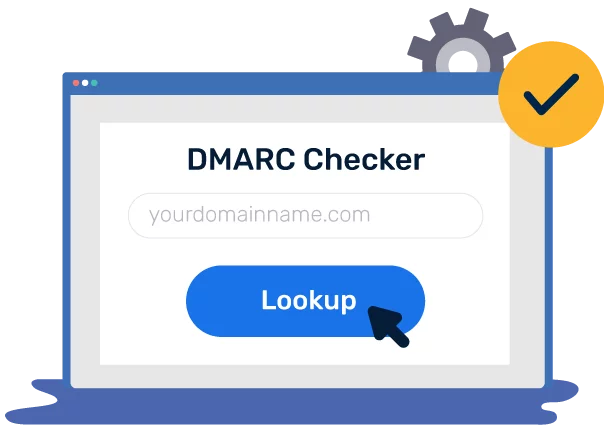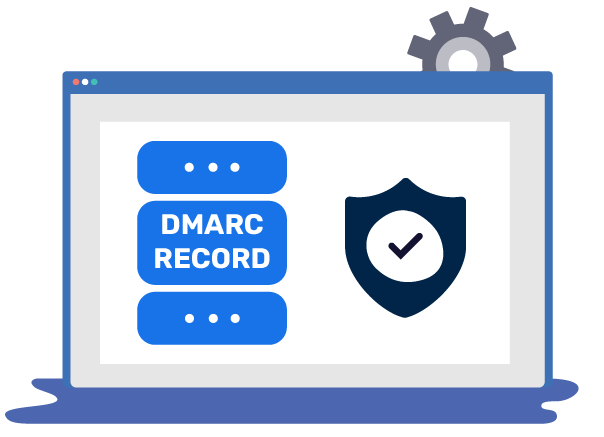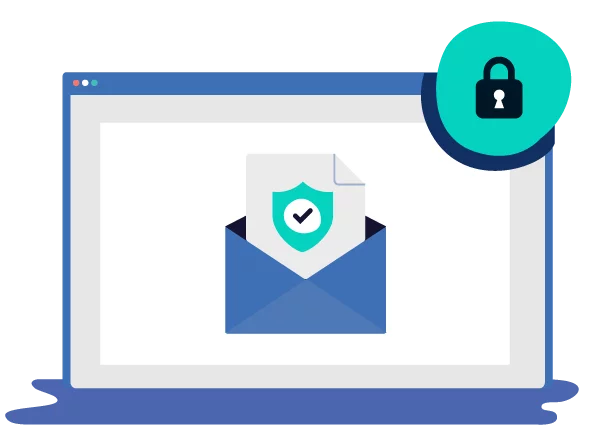Authentication mechanisms like DMARC (Domain-based Message Authentication, Reporting and Conformance) help verify your safe list of email addresses and email content using SPF and DKIM respectively, prevent fraudulent emails and email scams, and allow mail receivers to send back information on policy records, suspicious emails, and alignment modes with the help of XML feedback through DMARC reports.
Your policy enforcement mode (p) allows you to select between three options and provide preferences to recipients of emails that DMARC does not authenticate. You can choose from the following
DMARC policy:
A relaxed mode where no action is taken against dubious emails, however, you continue receiving Aggregate XML reports and DMARC forensic reports on your email senders and email traffic sources
- Keep it under review for later (quarantine)
A more strict mode wherein emails are lodged in the quarantine or spam folder, providing a certain degree of protection against email spoofing.
- Stop the delivery (reject)
Minimize email fraud and protect your email reputation against impersonation with maximum DMARC enforcement policy at p=reject









